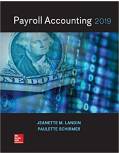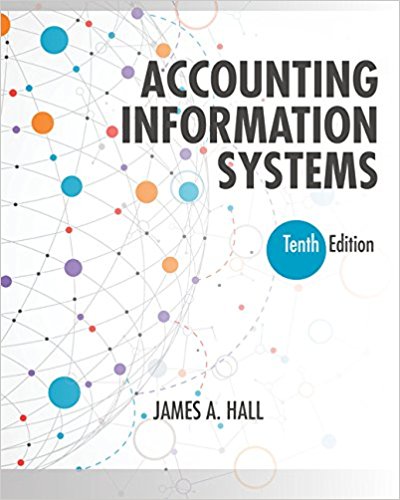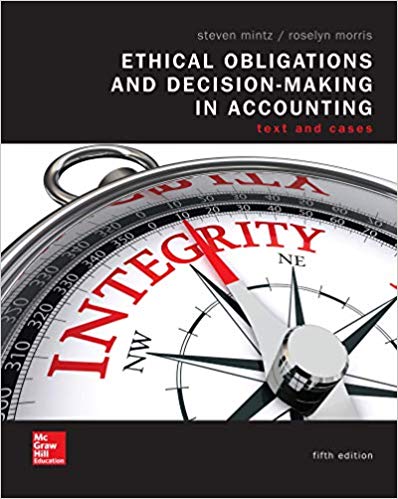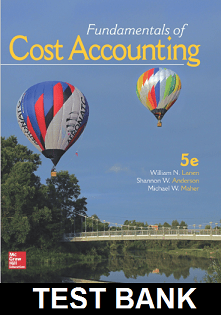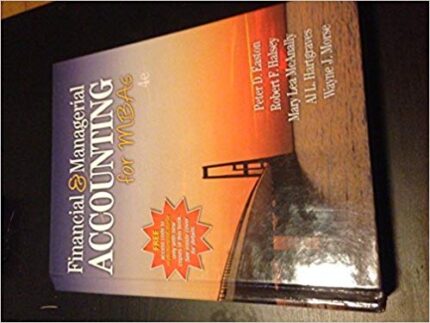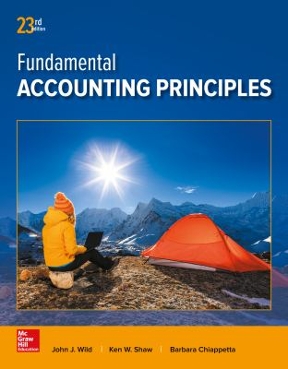Solution Manual for Financial Accounting 5th Edition By David Spiceland
Solution Manual for Financial Accounting 5th Edition By Spiceland
Financial Accounting 5th Edition By Spiceland – Solution Manual
Financial Accounting 5th Edition By Spiceland
Financial Accounting 5th Edition
Chapter 1
A Framework for Financial Accounting
INSTRUCTOR’S MANUAL
Authors’ Perspectives
Part A: Accounting as a Measurement/Communication Process
LO1-1 Describe the two primary functions of financial accounting.
LO1-2 Understand the business activities that financial accounting measures.
LO1-3 Determine how financial accounting information is communicated through financial statements.
LO1-4 Describe the role that financial accounting plays in the decision-making process.
Eliminate the Misconception – It’s important on Day 1 to change any misconception students have about financial accounting. Most students think this is going to be another math class. Chapter 1 begins by explaining that this is not the case. Financial accounting is described as “the language companies use to tell their financial story.” The concept of storytelling has broad appeal across all business students. Companies tell their financial stories using financial statements and related disclosures.
- Illustration 1-2 (with video) presents a simple framework students can use to visualize financial accounting. This illustration looks more like a business class than a math class. We can simplify the course by explaining to students that they will need to learn two functions of accounting over the semester: (1) how to measure business activities and (2) how to communicate those measurements. To better understand why accountants measure and communicate the way they do, students will also see how financial accounting helps investors, creditors, and others in making decisions.
Start Simple – The financial accounting course can be intimidating to many students, most of whom have never had an accounting course. We can simplify the measurement-communication-decision making nature of financial accounting with the following illustrations:
- Illustration 1-4 provides a complete list of the measurement categories students will need to know. Students will see many account titles throughout the semester, and this may seem overwhelming to them at first. However, we can explain that all of these accounts fall into six easy-to-learn categories (Note: hold off on introducing gains and losses until later chapters). Seeing only these six measurement categories makes the measurement function seem more attainable.
- Illustration 1-9 (with video) provides the full set of financial statements students will need to know. More detailed financial statements are shown previously in Illustration 1-5 through 1-8. Seeing the full set of financial statements in a single illustration helps students realize that learning the communication role of financial accounting is manageable.
- Illustration 1-10 was created by the Pathways Commission of the American Accounting Association. Accounting serves an important role in a prosperous society by measuring economic activity and communicating useful information to help investors and creditors make good decisions. We can confidently tell our students that financial accounting matters and has relevance to the well-being of our society.
PART B: Financial Accounting Information
LO1-5 Explain the term generally accepted accounting principles (GAAP) and describe the role of GAAP in financial accounting.
Accounting is a Dynamic Social Science – Many students are surprised to learn that the formal rules of financial accounting are established by a private-sector body, the Financial Accounting Standards Board. Some are also surprised to find out that separate rules have been established outside of the United States by the International Accounting Standards Board. The differences in standards between the two boards reflect the fact that accounting is a social science, unlike the formal sciences (mathematics, physics, chemistry, etc.). The rules of the formal sciences do not differ across countries (for example, in all countries, 2 + 2 = 4, and water is made up of two atoms of hydrogen and one atom of oxygen). However, the rules of financial accounting do not exist on their own; they are developed by the society for which they exist. Differences in beliefs and economic conditions across countries can lead to differences in accounting standards and practices, as well as changes over time in the same country. Many students will find the dynamic nature of a social science like accounting far more exciting than mathematics.
Intriguing Role of the Auditor – The description of financial accounting as “the language companies use to tell their financial story” was introduced in Part A. In Part B, students are introduced briefly to the role of an independent auditor in providing verification that companies are telling their story accurately. Students are highly interested in cases of financial statement fraud, and instructors can explain that topics covered throughout the book will demonstrate how fraud occurs. There are two types of auto-gradable assignments at the end of each chapter that can be assigned related to financial statement fraud:


